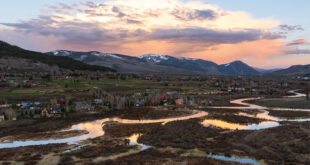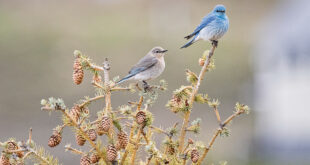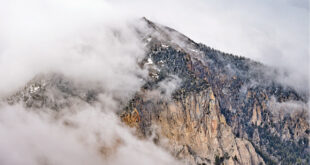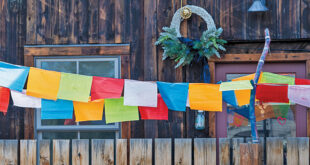“They were a tough and courageous people who soon became synonymous with the rugged environment in which they lived. The hours they worked were long, the work dangerous, and the reward minimal. But the people had an enthusiasm for life. The rousing foot-stomping polkas, the early day skiing, the outdoor barbecues, and the quaffing of prodigious amounts of cold beer testified to that.”
—A description of the people who first came to Crested Butte to live and work in the mines. From Crested Butte: A Town Named Desire by Dr. Duane Vandenbusche
This past weekend was one where if you put a trip to a beach on your credit card, it was a wise investment. Cold, blowy and snowy, it chased a lot of those people still in town to the desert. Like so many days during a Crested Butte spring, it was not an easy weekend.
Given that I am writing a little story on an historical Elk Avenue building for the upcoming issue of The Peak Magazine, the weather chased me to the Old Rock Library and then inside my house, where I went through some of the books detailing the history of this town and this valley. It was fascinating refresher course.
Walking around a sunny but chilly Crested Butte on Monday, it could have been a century ago in the quiet, sometimes struggling coal mining community. The air was certainly cleaner but the old storefronts and houses with their close-knit families came alive for me after reading the words of Vandenbusche, Sibley and Smith.
We are fortunate that history still plays a prominent and respected role here in Crested Butte. The town staff takes the history of the place seriously and that is a good thing. In many ways, historical Crested Butte has similarities to the present. We are lucky that working people and contributing families still live in this resort town and the nearby subdivisions. Not every Colorado resort can claim that. Those making a home here a century ago bonded with one another in the harsh environs of a high mountain village like many of those living here now. It is still the spirit of the people that makes the place what it is.
It’s never been an easy place to live. The Jokerville mine explosion in 1894 claimed the lives of 60 of the local miners. Even this week, word came that a couple of our modern sisters passed away too young in their lives: Dawne Freeman of natural causes, and Ellie Pryor in an avalanche. That is unfortunately not uncommon for people living here. Friends live on an edge with a zest for life and that comes with consequences. The weather, the economy, the free spirit, the end-of-the-road all attract a certain type of person. It isn’t for everyone.
Similar to today, not everyone got along here back in the day. Neighbors fought but in times of need, they would close ranks and help one another to the ends of the earth. Back in 1910, a major debate among people in town was the safety of the sidewalks and what to do about it. Sound familiar?
A noted female author of the late 1800s visited the valley and pointed out the turbulence of the mining economy in the valley. While one local drainage was named “Oh Be Joyful,” she noted, the next was tapped as “Poverty Gulch” for valid reasons. Helen Hunt Jackson also pointed out in the December 1883 issue of The Atlantic the beauty of the town’s natural surroundings. Over the years she postulated that fields of wildflowers might eventually bring in more money to the local economy than the veins of silver that men were searching for—and rarely found. Prophetic.
Crested Butte eventually found its economic footing as a coal-mining town. Grimier and less flashy than the gold and silver towns like Aspen and Telluride, Crested Butte today reflects that gritty humbleness. I like that. Our historical buildings don’t include opulent opera houses. Our buildings were constructed of wood instead of brick. That unfortunately led to the disaster of several major fires in Crested Butte’s history. In Sibley’s book, one of the volunteer firemen in Crested Butte’s past stated in humor and insight that might be found from today’s residents, “We never saved a building, but we always save the lot…”
While few if any families living here 100 years ago could leave for the spring to find the warmth of a beach or the desert, they would if they could and they would have a good time doing it. Then and now, the people living here welcomed the green of spring with smiles. In the 1900s they would celebrate spring by eating, drinking and dancing together—sort of like the gathering I saw over on Sopris at the end of the week.
Also from the Vandenbusche book: ”Working hard was one thing; playing hard was another. And no one could work or play harder than these rugged people from Crested Butte.”
Here’s to hoping everyone is enjoying the downtime of the off-season. We live in a good place (despite the sometimes annoying weather) and we are surrounded by good people, both in our past and in our present.
 The Crested Butte News Serving the Gunnison Valley since 1999
The Crested Butte News Serving the Gunnison Valley since 1999




